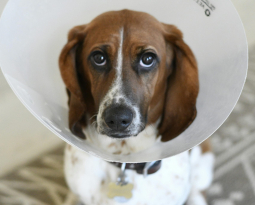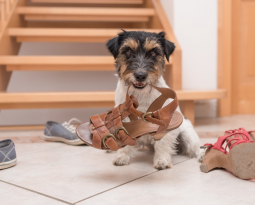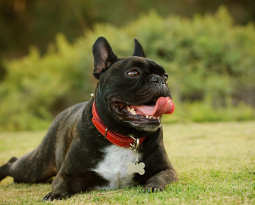Few things set pet owner’s one edge as quickly as seeing their furry friend limping around the place. When they are not sure on their feet, we know something is wrong! This time on the Acoma Animal Clinic we are going to look at some of the more common causes for limps, how to help your pet when they show symptoms, and more!
Kinds of Limps
In pets the most common cause of a limp is some form of trauma. It might be something as serious as a broken bone, spine injuries, or a simple sprain.
There are two types of limps to be aware of and their causes are very different. They are gradual and sudden onset. Just like it says on the tin, the two kinds of limps have to do with how quick the limp begins.
Gradual onset limps occur slowly over a period of time. These can be caused by some larger underlying problem such as a degenerative condition like osteoarthritis. Some of these like dysplasia for instance are more common in some breeds than others.
Sudden onset limps happen at a moment’s notice, usually as a response to an injury or trauma just as a pulled muscle or a broken bone. Sometimes it may last only a few minutes as dogs
In both cases, it is crucial that you get your dog medical attention from a vet as soon as possible, regardless of whether or not the limp is sudden or gradual. Knowing which it is can help your vet diagnose it further and get the best treatment as soon as possible.
Common Causes
Paw Injury
If the lameness came on suddenly, it’s possible your pet has injured their paw! You know what it’s like to have some foreign object jabbed into the sole of your foot. If your pet is licking at their paw and otherwise won’t leave it alone while hesitating to put any weight on it – it very well could be something in the paw.
Bone or Joint Disease
These kinds of diseases, especially in larger breeds can do a number on pets ability to walk and jump safely. If you have a puppy and they are struggling to walk or showing lameness, you need to see a vet right away to see what the cause is!
Some diseases lead to the gradual wearing down of the joints in knees and hips. Patellar luxation, hip dysplasia, and more are all examples of diseases that while at first might not seem like a big deal will gradually make it so your pet struggles harder and harder to walk, run, jump, and climb. Diagnosing these troubles before they become too great a problem is key to a happy and healthy life for your pet.
Strains or Muscle Injury
Sometimes our pets play a little too hard, jumping further than they should, landing a bit harder than we may like. This is especially true with age! As pets get older and their bodies naturally wear down and weaken in ways, their body just can’t stand up to the same old playstyle they are used to. This can cause a sudden onset lameness in a myriad of ways. If you suspect your pet has hurt themselves or strained a muscle, tend to them. Limit their movement, and help them rest. With a few days of lighter activity they may be feeling fine in no time.
No matter what the cause, it is important to call and schedule an appointment with your vet as soon as possible to get the proper treatment for your furry friend. It could be as simple as bed rest, or as serious as surgery, but you won’t know, and your pet won’t be able to truly heal, until you find out and take the right steps. If your pet is experiencing lameness, don’t hesitate to contact us, we are happy to help!







